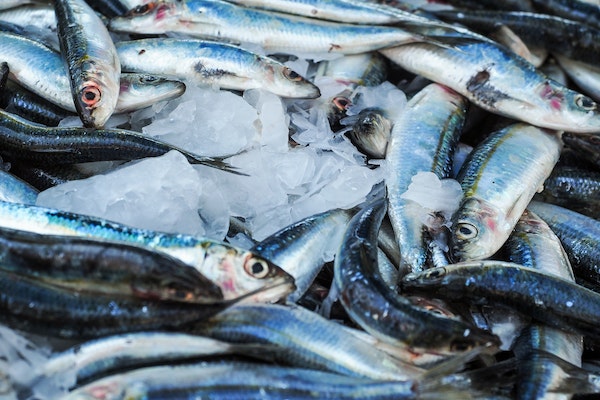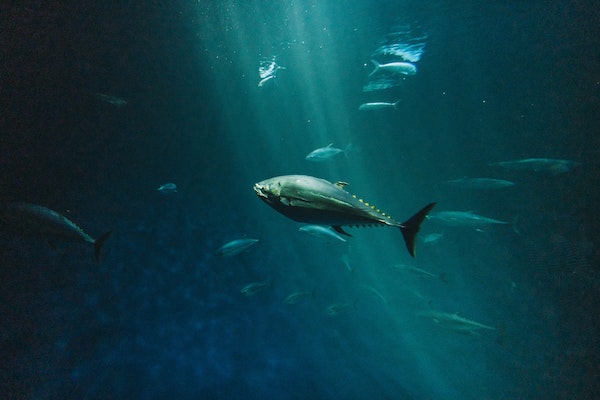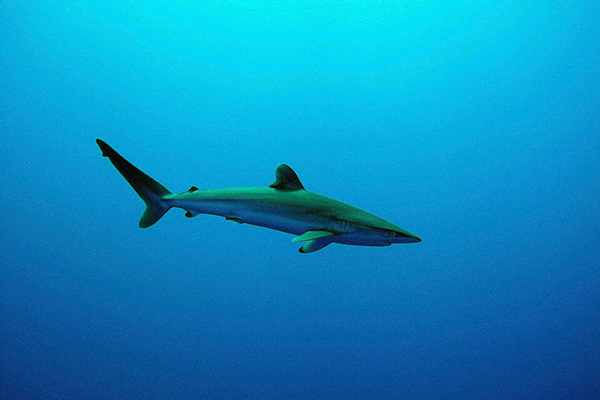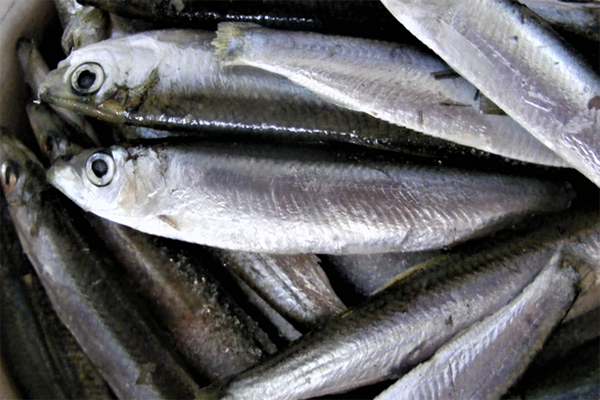The agreement represents ‘significant step’ towards improved fisheries management of northeast Atlantic joint stocks

The European Union (EU) has reached an agreement with northeast Atlantic coastal states, as well as with UK and Norway, on the shared fisheries management of key stocks in 2023.
These deals will contribute to the sustainable management of the fish stocks, as well as secure the fishing opportunities for EU vessels. They set catch limits, known as total allowable catches (TACs), at levels in line with the best available scientific advice. The agreement with coastal states covers the joint management of mackerel, blue whiting and Atlanto-Scandian herring stocks.
“All parties recognized the need to reach a consensus on quota-sharing arrangements for all three stocks as soon as possible,” wrote the European Commission in a press release.
For mackerel, the TAC for 2023 was set at 782,066 tons (-2 percent on 2022 TAC), in line with the maximum sustainable yield (MSY) approach advised by the International Council for the Exploration of the Sea (ICES).
For blue whiting, the TAC has been set at 1,359,629 tons (+81 percent on 2022 TAC) and for Atlanto-Scandian herring at 511,171 tons (-15% on 2022 TAC). Both TACs are in line with the ICES advice, in accord with the long-term management strategy approach.
As part of the agreement, the EU, Norway, the Faroe Islands, the United Kingdom, and for the first time, Iceland and Greenland, also agreed to set the control measures for pelagic stocks no later than 2026.
“This represents a significant step forward towards creating a level playing field for all fleets and improved management of joint stocks in the North-East Atlantic,” wrote the European Commission.
The EU has also reached an agreement with the United Kingdom and Norway on the joint trilateral management of six key fish stocks in the North Sea: cod, haddock, saithe, whiting, plaice and herring. Cumulatively, the agreement provides over 300,000 tons of fishing opportunities for EU fleets for these fish stocks in 2023.
The TACs for cod, herring, plaice and saithe have been set in line with the advised maximum sustainable yield (MSY) level. For haddock and whiting, the agreement shows restraint with an increase of 30 percent for each TAC.
Bilateral fisheries consultations with Norway and the UK are ongoing.
Follow the Advocate on Twitter @GSA_Advocate
Now that you've reached the end of the article ...
… please consider supporting GSA’s mission to advance responsible seafood practices through education, advocacy and third-party assurances. The Advocate aims to document the evolution of responsible seafood practices and share the expansive knowledge of our vast network of contributors.
By becoming a Global Seafood Alliance member, you’re ensuring that all of the pre-competitive work we do through member benefits, resources and events can continue. Individual membership costs just $50 a year.
Not a GSA member? Join us.
Author
Tagged With
Related Posts

Fisheries
Spanish fishers embracing fisheries management app
Gulf of Cádiz fishers are using the ProPesca fisheries management app to responsibly oversee fisheries and ensure their livelihoods.

Fisheries
ICCAT adopts modernized fisheries management plan for Atlantic bluefin tuna
Regional fishery management organization adopts modernized fisheries management plan for Atlantic bluefin tuna that could help replenish fish stocks.

Fisheries
Fisheries management help tunas, billfishes recover, but extinction risk of sharks rises
New study suggests conservation and fisheries management help tunas and billfishes recover, but shark biodiversity continues to decline.

Responsibility
Coastal fisheries management and novel modeling
Coastal fisheries management that includes a spatially relevant set of abiotic and biotic factors is likely to improve sustainable fisheries programs.



